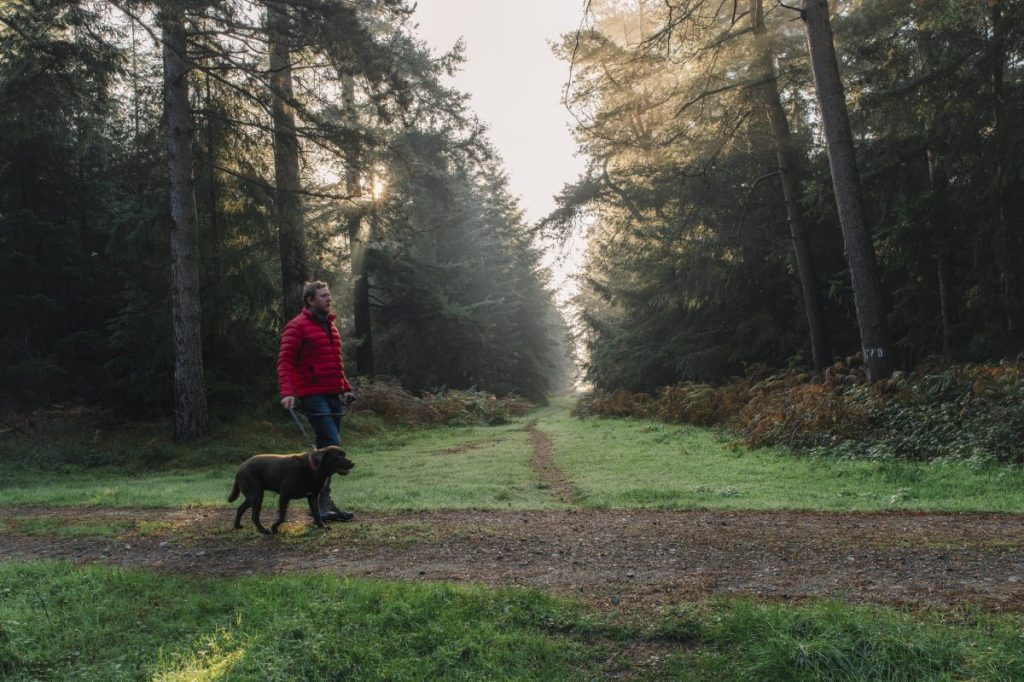Dog owners in the United Kingdom are on high alert as Alabama Rot continues to spread across the country. Since the year started, 10 dogs have succumbed to the potentially fatal flesh-eating disease, formally known as Cutaneous and Renal Glomerular Vasculopathy (CRGV).
10 dogs dead after incurable Alabama Rot continues to spread in UK this year
Veterinarians at Anderson Moores — a specialist clinic that tracks reported cases of Alabama Rot throughout the U.K. — have urged dog owners to remain vigilant following the alarming rise in fatalities.
While its exact cause remains unknown, experts believe Alabama Rot — which was first reported in the U.K. in 2012 — is triggered by a bacteria or toxin, as per GB News reporting.
More often than not, dogs contract this incurable disease during walks in muddy or wooded areas. Alabama Rot results in painful, unexplainable skin lesions on a dog’s paws, legs, tongue, head, muzzle and belly. These lesions, in turn, damage the skin’s blood vessels. A dog’s skin also begins rotting as the bacteria feast on the flesh.
Ultimately, Alabama Rot leads to kidney failure. It has a 90% fatality rate, meaning only 10% of dogs treated after contracting the disease survive.
Initially, experts thought that only Greyhounds could catch Alabama Rot. This isn’t the case now, as vets have, over the years, seen dogs of all breeds affected by the disease.
Joshua Walker, a vet with Anderson Moores, attributes the increasing Alabama Rot fatalities to the current wintry weather.
“We know the disease is associated with increasing rainfall and increasing temperatures in the autumn,” Walker explained. “It might be that the very wet, slightly warmer November has led to a surge in cases — it’s important for everyone to be aware of the signs.”
Vets are reminding dog owners to thoroughly wash their dog’s paws, legs and bellies after every dog walking session.









